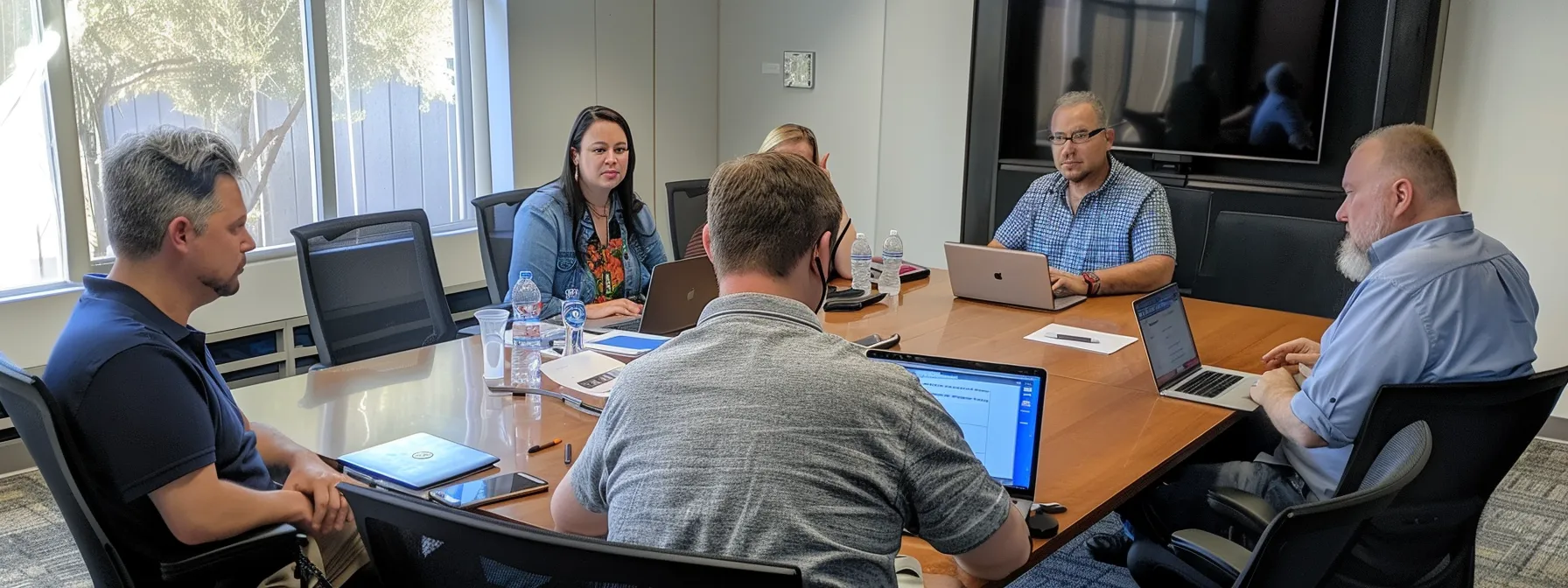In the competitive world of business proposals, mastering the art of a successful Request for Proposal (RFP) response is essential for securing new contracts and expanding company reach. An effective response not only addresses the potential client’s needs but also showcases the unique value proposition your organization offers. Writing a proposal that stands out requires in-depth understanding, strategic organization, and persuasive wording. Below, we’ll guide you through the key steps to ensure your RFP response rises above the competition.
Understanding the Essentials of an RFP Response

Approaching a Request for Proposal begins with a thorough analysis of what the client is asking for. You must dissect the RFP to understand the client’s needs, preferences, and criteria for selection. It is essential to be detail-oriented during this process to ensure your response aligns perfectly with the request. The slightest oversight can be the difference between winning or losing the bid.
After dissecting the RFP, tailor your response to reflect the client’s language and priorities. This demonstrates that you have paid close attention to their specific needs. The essentials of an RFP response include a clear understanding of the project scope, the client’s objectives, and the benchmarks by which a proposal will be judged.
Crafting a Compelling Executive Summary
The executive summary is your first opportunity to captivate the reader. It should encapsulate the essence of your proposal, highlighting how your solution addresses the client’s needs. This section needs to be succinct, engaging, and articulate the value you bring to the project right from the start.
In crafting your executive summary, focus on summarizing the critical points of your proposal. While it comes first in the document, it’s often more practical to write it last, so you can better capture the entirety of your offering. The summary should include key elements like your understanding of the project, the benefits clients will receive, and why your company is the best choice.
Detailing Your Approach With a Comprehensive Solution Plan
The core of your RFP response lies in the solution plan. Here, you will detail your proposed approach, carefully aligning it with the client’s objectives and requirements outlined in the RFP. This section should demonstrate a tactical understanding of the project and showcase a clear, structured plan to achieve success.
Your solution should be comprehensive, leaving no question unanswered. Anticipate potential challenges and include strategies to mitigate risks. It’s essential to present a plan that is both realistic and optimistic, ensuring the client sees the feasibility of your proposal while also understanding its potential for exceptional outcomes.
Showcasing Your Team’s Expertise and Experience

Your proposal should provide a comprehensive overview of the team members assigned to the project, emphasizing their expertise and experience. A client needs to feel confident in the individuals they will potentially collaborate with. Highlighting the qualifications and track records of your team members reinforces your company’s capability to execute the proposed solution.
Include short bios that showcase relevant certifications, education, and past project successes. This personalizes the proposal and allows clients to connect with your team on a more individual level. Make sure that the information provided is directly relevant to the project to illustrate a perfect fit between your team’s skill set and the client’s needs.
Finalizing With a Persuasive Closing Argument
The closing arguments of your RFP response are your last chance to convince the client that your company is the right fit for the job. This is where you summarize your key points and make a final appeal to the client’s decision-making criteria. Reiterate the unique benefits that your solution offers and the value it adds.
Address any potential concerns or objections preemptively, and reinforce the measures in place to ensure project success. A persuasive closing argument leaves no doubt in the client’s mind that the risk of choosing your company is minimal compared to the potential rewards.
End your proposal with a call to action that encourages the client to take the desired next step: setting up a meeting, signing a contract, or simply reaching out for more information. Make it easy for them to engage with you further, providing clear instructions and contact information.
Altogether, a standout RFP response is a blend of precise alignment with the client’s needs, a clear and detailed approach, professional team presentation, and a persuasive conclusion that seals the deal. By meticulously following these guidelines, your proposal is positioned to not only meet the client’s expectations but to exceed them, fostering fruitful business relationships that last.
